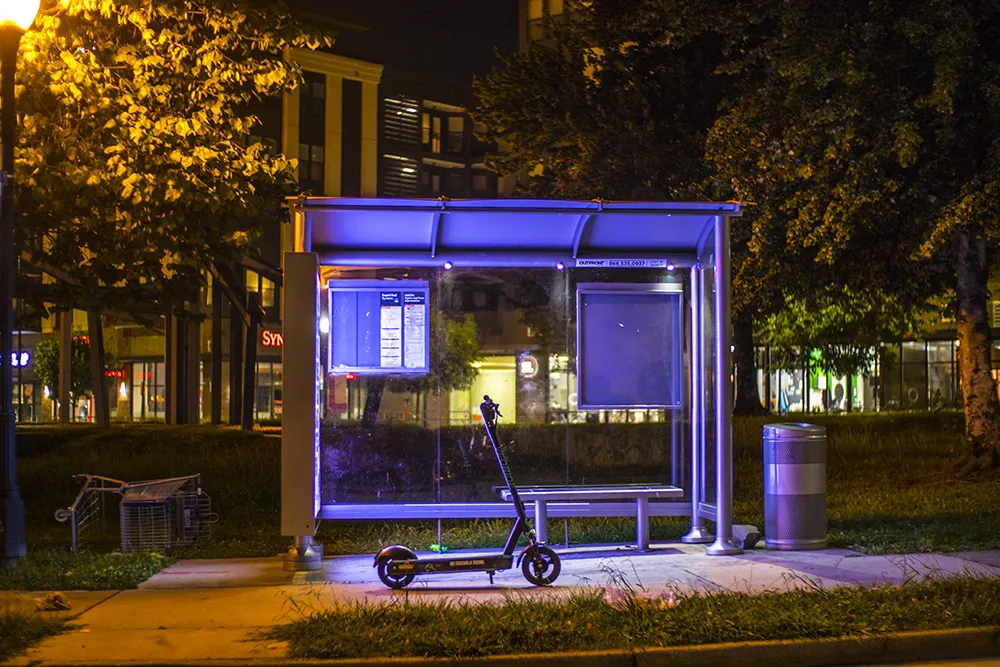Impact protection vehicles, often the only form of protection between workers and traffic in many road maintenance and repair operations, are designed to arrest an errant car or truck. Truck-mounted attenuators have been used for many years, but as Brent Kulp of Traffix Devices points out, advances in trailer attenuators, such as on his company's Scorpion, provide the same protection, at lower cost but with much greater flexibility. He points to the Scorpion's unique curved design, which not only redirects
January 31, 2012
Read time: 1 min

Impact protection vehicles, often the only form of protection between workers and traffic in many road maintenance and repair operations, are designed to arrest an errant car or truck. Truck-mounted attenuators have been used for many years, but as Brent Kulp of 1918 Traffix Devices points out, advances in trailer attenuators, such as on his company's Scorpion, provide the same protection, at lower cost but with much greater flexibility. He points to the Scorpion's unique curved design, which not only redirects side impacts away from exposed corners of the truck but enables the device to crush in stages upon impact, thereby reducing repair costs.
"Trailers have been gaining in popularity over the last few years due in part to their portability and not having to have a dedicated crash truck in an agency's vehicle fleet," Kulp says.
"Trailers have been gaining in popularity over the last few years due in part to their portability and not having to have a dedicated crash truck in an agency's vehicle fleet," Kulp says.










